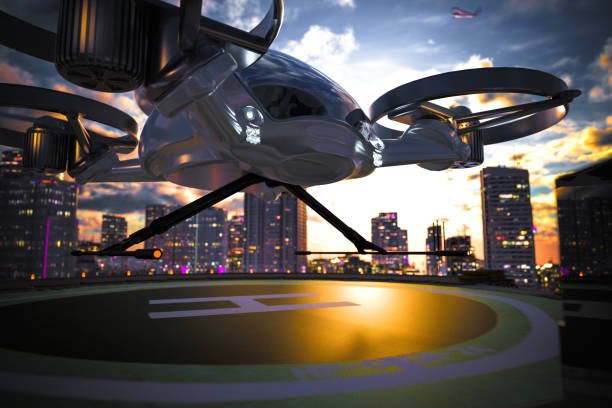Flying smoothly at high altitude depends largely on the thin air and the aircraft’s design. At around 35,000 feet, the air is less dense, which reduces drag and turbulence, allowing planes to maintain steady speeds with minimal resistance. This thinner air, combined with optimized aerodynamic designs and advanced jet engines, is what helps planes fly […]
Category: Aircraft Technology
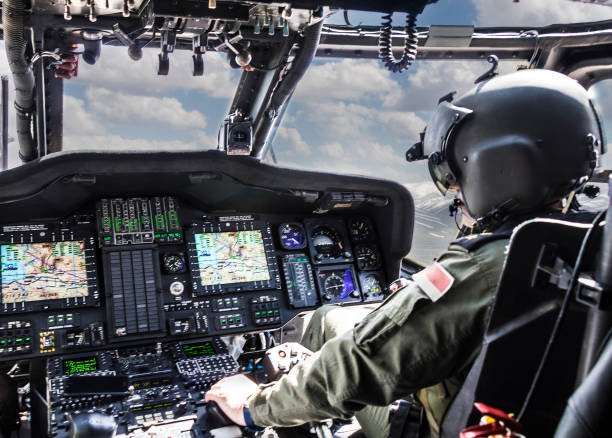
How AI Is Revolutionizing Aircraft Maintenance Enhancing Efficiency and Safety
Artificial intelligence is transforming aircraft maintenance by enabling predictive maintenance that prevents costly failures before they occur. This technology analyzes vast amounts of data to detect patterns and issues early, improving safety and reducing downtime. In addition to predictive capabilities, AI automates inspections and supports maintenance training through augmented reality, making processes more efficient and […]
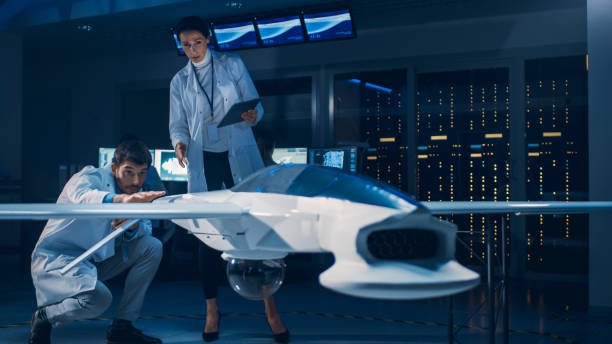
Inside an Aircraft Cockpit: Modern Avionics Explained and Their Impact on Flight Safety
An aircraft cockpit today is far more than a collection of dials and switches. It is a sophisticated environment where advanced avionics systems enable pilots to navigate, communicate, and monitor every aspect of the flight with precision. These electronic systems have transformed cockpit operations, making flying safer and more efficient. Modern avionics integrate flight instruments, […]

Composite Materials in Aircraft – Lighter, Stronger, Smarter Innovations Driving Aviation Efficiency
Composite materials have become essential in modern aircraft design, offering a balance between weight reduction and strength that traditional metals cannot match. These engineered materials—such as carbon fiber, glass fiber, and aramid composites—provide superior performance and durability, enabling safer and more efficient aircraft. Their ability to deliver high strength-to-weight ratios fundamentally improves fuel efficiency and […]
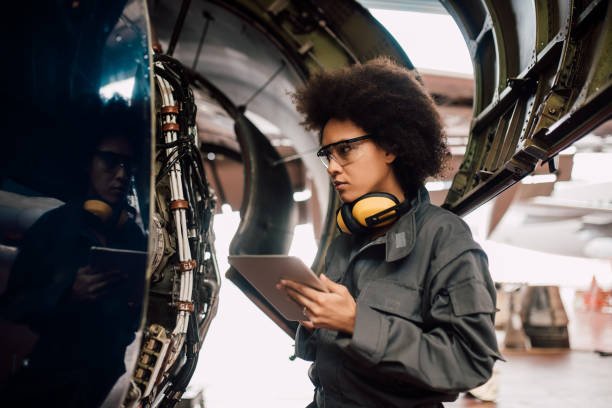
The Future of Aviation: Electric and Hydrogen-Powered Jets Revolutionizing Sustainable Flight
The aviation industry is undergoing a significant transformation as it seeks sustainable alternatives to traditional jet fuel. Electric and hydrogen-powered jets are emerging as leading candidates to reduce carbon emissions and meet stricter environmental regulations. These technologies offer promising pathways to cleaner air travel by combining advanced propulsion systems with zero-emission fuel sources. Hydrogen stands […]
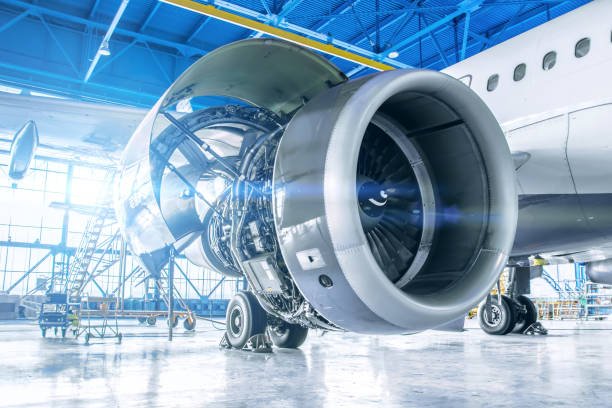
How Airplane Wings Generate Lift – The Bernoulli Secret Explained Clearly
Airplane wings generate lift primarily through the interaction of airflow and pressure differences created by their shape. Bernoulli’s Principle explains that as air moves faster over the curved upper surface of the wing, it creates lower pressure compared to the slower-moving air beneath the wing, resulting in an upward force. This pressure difference is essential […]
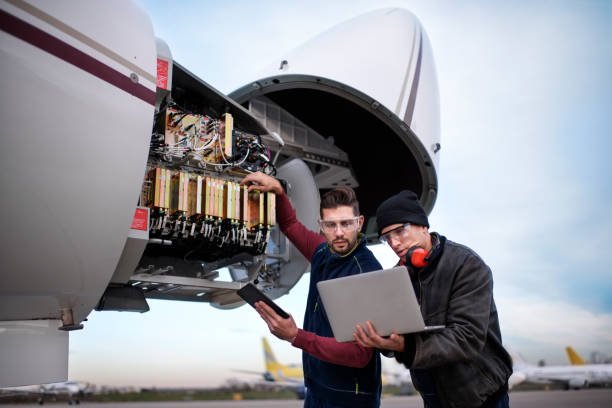
Top 10 Most Powerful Aircraft Engines in the World Ranked by Performance and Innovation
Aircraft engines are the core of modern aviation, defining the limits of speed, range, and efficiency for both commercial and military planes. Today’s most powerful aircraft engines achieve remarkable thrust levels, allowing massive aircraft to travel farther and carry heavier loads than ever before. The top 10 most powerful aircraft engines in the world generate […]

How Jet Engines Work – Explained in Simple Words with Clear Insights on Aviation Technology
Jet engines power most of the world’s modern aircraft by converting fuel into thrust that moves planes through the air. They work by drawing in air, compressing it, mixing it with fuel, igniting the mixture, and then expelling the high-speed exhaust gases to produce forward motion. This straightforward process relies on the principle of Newton’s […]
